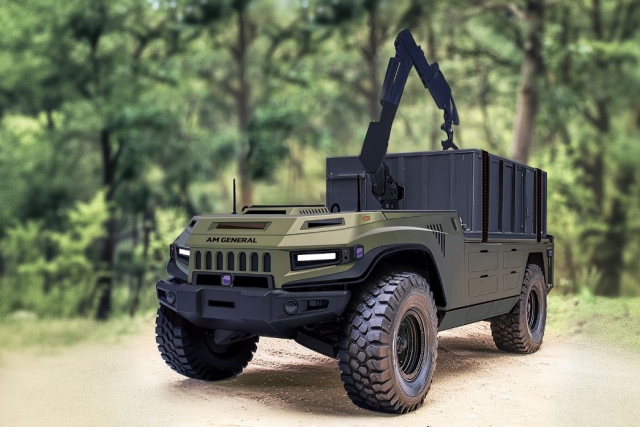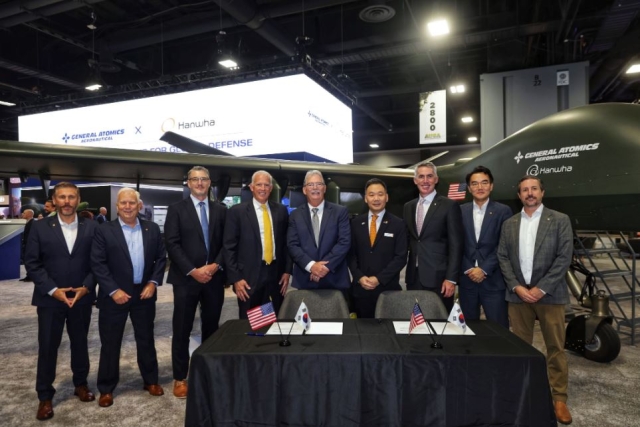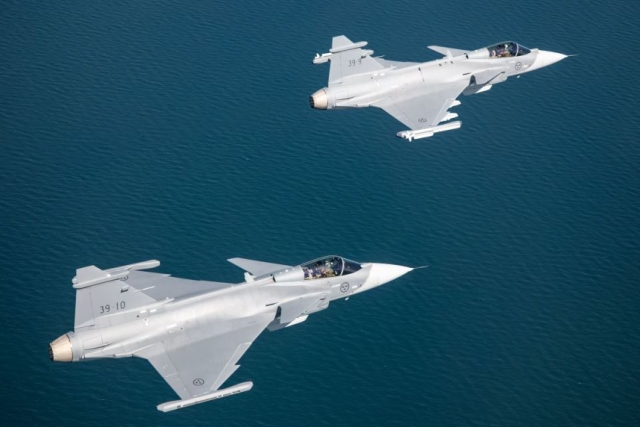CAE-HAL Introduce Advanced Helicopter Training in India

Wg. Cdr. (Retd) C.D. Upadhyay, Chief Executive Officer – HATSOFF, the CAE-HAL joint venture helicopter training academy
Defenseworld.net interviewed Wg. Cdr. (Retd) C.D. Upadhyay, Chief Executive Officer – HATSOFF, the CAE-HAL joint venture helicopter training academy- on the new concepts in helicopter training being introduced in India for both civilian and military applications. With India being one of the fastest growing markets for helicopters as well one with among the most difficult flying conditions, pilot training assumes great significance. Wg.Cdr. Upadhyay explained how the HATSOFF academy has been designed to train pilots to perform the most demanding helicopter missions.
DW : How was HATSOFF conceptualized?
Wg. Cdr. (Retd) C.D. Upadhyay: We are the third facility in world to have helicopter Rolled-On-Rolled-Off (RORO) and second to have LCoS (Liquid Crystal on Silicon) projection system (not CRTs) that gives very sharp and detailed visuals. We decided to keep the Rolled-On-Rolled-Off method as it makes economic sense in India. A RORO means that mother ship remains the same but the cockpits can be interchanged. The mother ship acts as a Full Flight Simulator (FFS) and the cockpit outside the mother-ship acts as a Flying Training Device (FTD) where all other facilities are available except motion, and exercises like IF/Electronic warfare procedures can be practised.
DW : What makes HATSOFF different from other training academies?
Wg. Cdr. (Retd) C.D. Upadhyay: We are the third facility in world to have helicopter Rolled-On-Rolled-Off (RORO) and second to have LCoS (Liquid Crystal on Silicon) projection system (not CRTs) that gives very sharp and detailed visuals. We decided to keep the Rolled-On-Rolled-Off method as it makes economic sense in India. A RORO means that mother ship remains the same but the cockpits can be interchanged. The mother ship acts as a Full Flight Simulator (FFS) and the cockpit outside the mother-ship acts as a Flying Training Device (FTD) where all other facilities are available except motion, and exercises like IF/Electronic warfare procedures can be practised.
DW : What type of helicopters are covered by HATSOFF and what courses do you offer?
Wg. Cdr. (Retd) C.D. Upadhyay: The helicopters currently covered include the Advanced Light Helicopter Dhruv Military & Civil/Conventional and Bell 412 EP. We expect to add the Dauphin 365 N3 cockpit later this year and the DHRUV Army/IAF glass cockpit version by early 2012. Types of military and civil training for aircrew are: Type conversion, recurrent training, mission and role training and VFR/IFR training. As a gesture towards the helicopter community in India, we offer a special VFR training to all the helicopter pilots, civil and military, free of cost. We have so far trained about 80 pilots in this program.
DW : What was the feedback you received from them?
Wg. Cdr. (Retd) C.D. Upadhyay: They were very impressed. One of the reason being, we reproduced certain critical situations which have led to real-life accidents in demanding terrain and weather conditions such as in Andhra Pradesh and Arunachal Pradesh. We simulated these locations and weather conditions for the pilots to handle.
DW : How much has been CAE’s contribution in setting up the HATSOFF academy?
Wg. Cdr. (Retd) C.D. Upadhyay: Since CAE carries a vast experience in making simulators, they were responsible for doing the system design and making cockpit modules, making the mathematical models of all the three helicopters and computer based training program along with the lesson plans, integration and certification. They have trained mathematical designers, instructors and maintenance staff. HAL being the manufacturer of DHRUV gave the hardware and aerodynamic data for mathematical modeling.
DW : What are your target training hours in the next couple of quarters and what demand are you expecting to match that?
Wg. Cdr. (Retd) C.D. Upadhyay: Our target is to do 16 hours of training a day to repay the debt in 17 years. Our next cockpit is Dauphin 365 N3 and Pawan Hans being a major operator of Dauphin 365 N3 all the training requirement is going to come to us. DHRUV Army / IAF Glass Cockpit will be ready by March 2010, so more potential business.
DW : What percentage of business are you expecting from India?
Wg. Cdr. (Retd) C.D. Upadhyay: Our total expected business as per the business plan was from India, however, now that we are getting enquiries from Australia, Middle East, Africa, etc. we will be catering to that as well. For e.g. an Australian company offering emergency medical services in Sydney is sending 2 pilots next month and we are expecting more to follow, Sri Lanka is sending trainees, Equador (which bought ALH Dhruv last year) has already sent its trainee pilots.
DW : Will the ALH Dhruv simulator increase the helicopter’s acceptability among potential users?
Wg. Cdr. (Retd) C.D. Upadhyay: Certainly. Now that there is a simulator for Dhruv, HATSOFF becomes a value add to the helicopters sold by HAL. Only a few helicopters come with simulators. If HAL says that there is a Level D simulator for Dhruv, buyers will see their training options addressed as well.
DW : How do you envision the future of simulators in India?
Wg. Cdr. (Retd) C.D. Upadhyay: The future of simulation is in joint operation. CAE has the technology to connect fighter, transport and helicopter simulators via a satellite link whereby trainees on different aircraft and helicopters cockpits can exercise in a real time joint operation scenario. We have this futuristic technology available with us. In the context of the Indian armed forces, a typical scenario could be that we can connect the fighter simulators in Gwalior and a transport simulator in Agra for a joint exercise. This way, pilots not only learn to fly the machine but also interoperability with their colleagues on different aircraft types.









